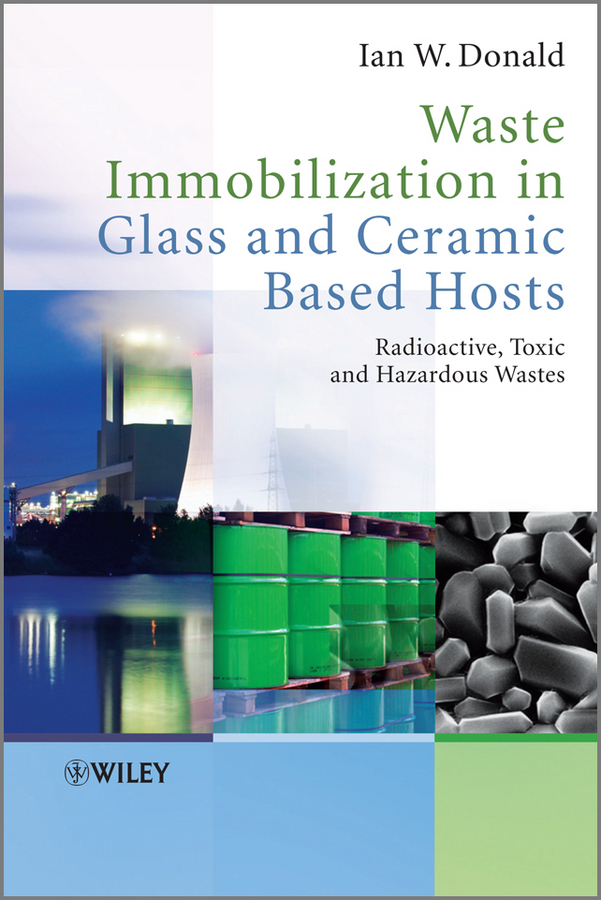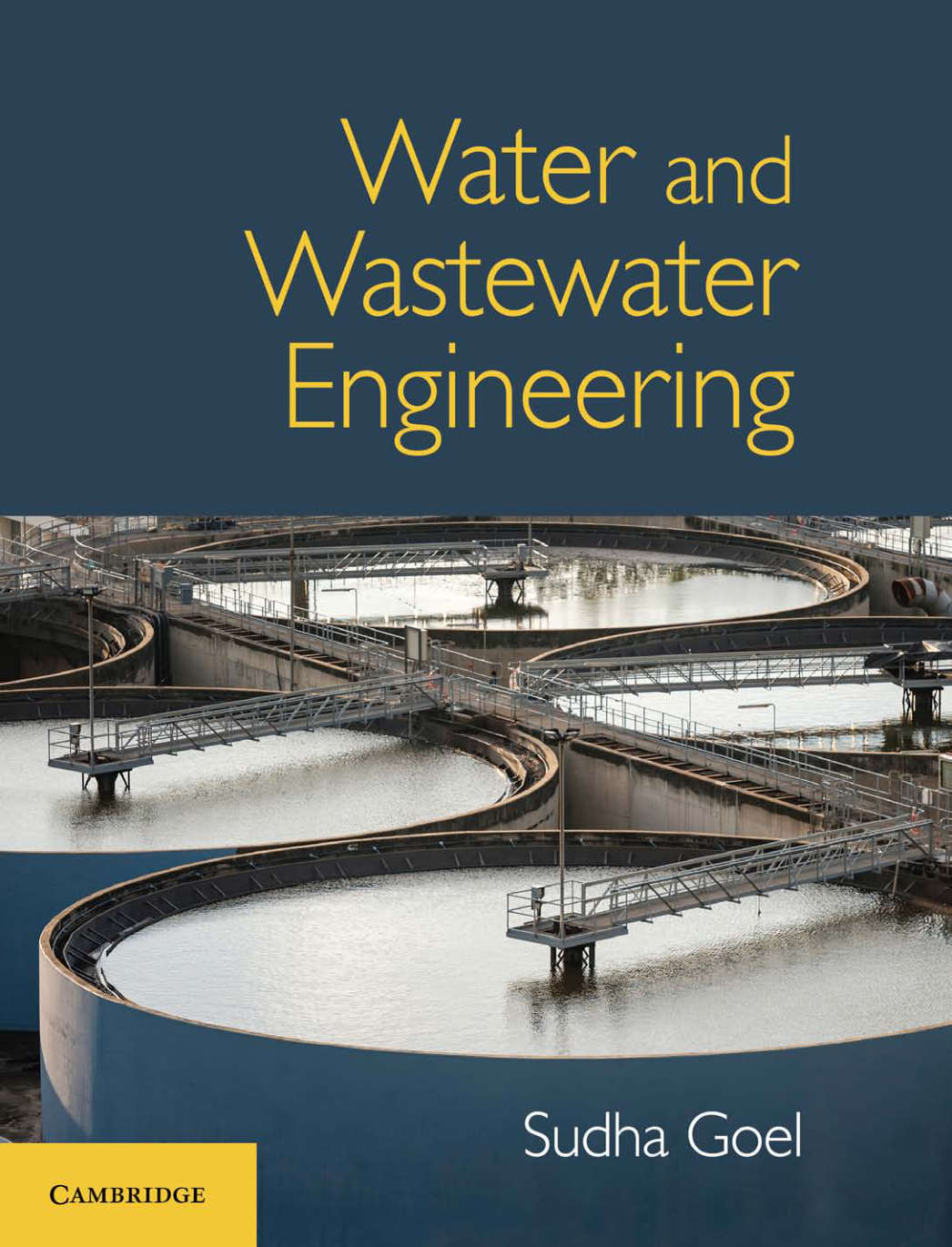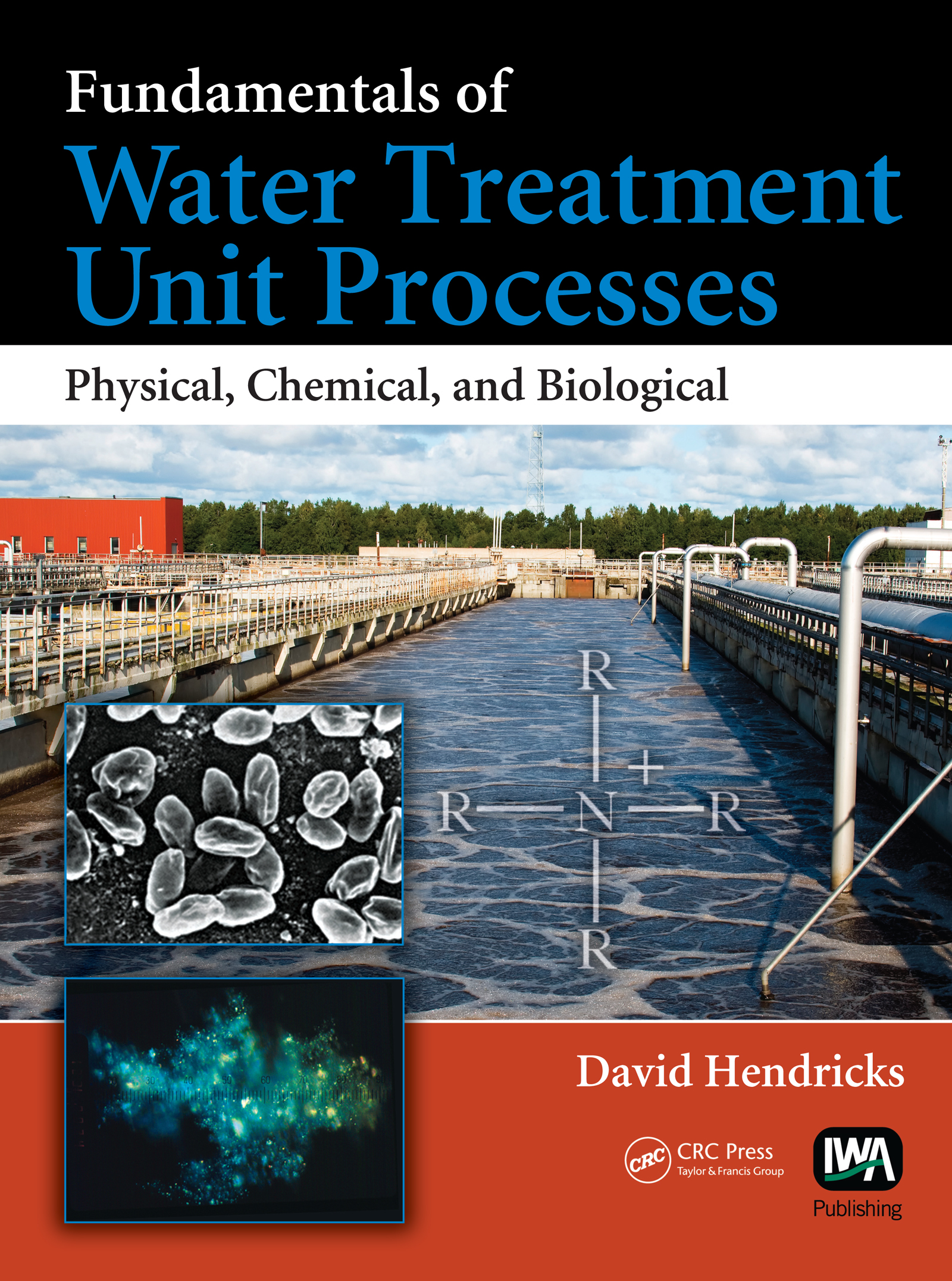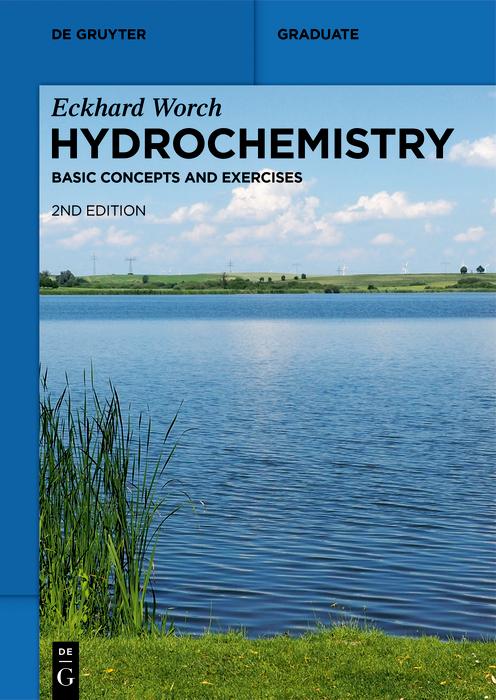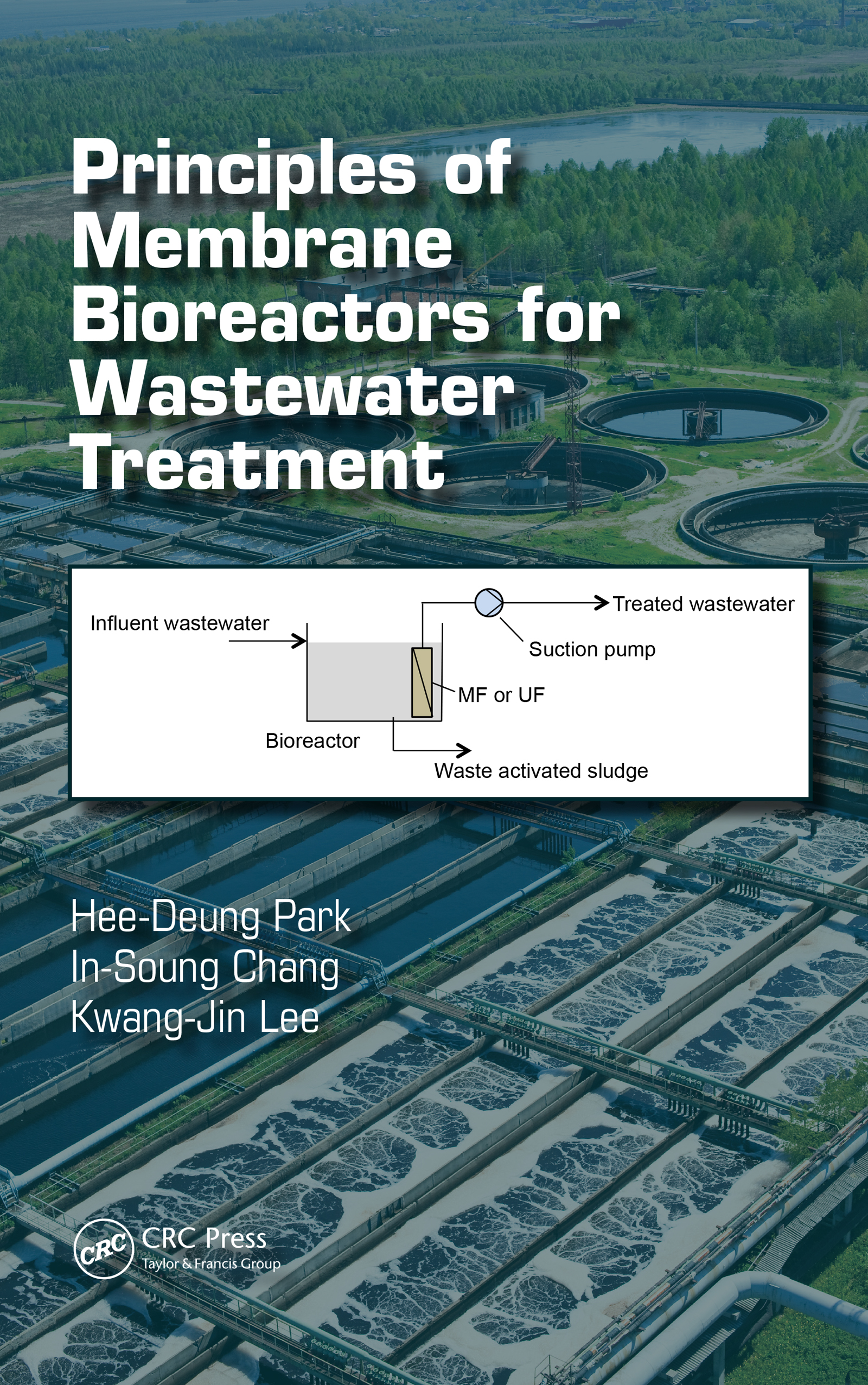CLCX7
LanguageENG
PublishYear2010
publishCompany
Wiley
EISBN
9781444319361
PISBN
9781444319378
edition
1
- Product Details
- Contents
This book covers aspects of both radioactive and non-radioactive wastes, topics rarely covered together. It addresses a wide range of issues, commencing with introductory chapters which present critical background information. These outline environmental aspects and provide information relating to generic sources and categories of wastes, potential disposal options, and where lessons can be learnt from nature and from a number of incidents and accidents that have occurred over the years. In the following chapters, immobilization of High Level Waste and special categories of Intermediate Level Waste are covered in depth. These provide details of specific waste systems, in addition to more conventional wastes from spent fuel reprocessing and defence operations. Vitrification techniques, the types of glasses employed or proposed as wasteforms, glass-ceramic based hosts, glass-encapsulated ceramic wasteforms, and relevant ceramic phases are discussed. The characterization of radioactive wasteforms, a critical issue with significant implications for assessing their very long-term stability, is also addressed. Future prospects for radioactive waste immobilization are also outlined with particular reference given to the treatment of new generation wastestreams that will be produced, for example, from the recycling of spent fuel from Generation IV (Gen4) nuclear energy systems. Non-radioactive hazardous and toxic wastes and wasteforms are subsequently reviewed in considerable depth. These wastes are numerous and diverse in nature, ranging from municipal incinerator ashes to waste asbestos products, currently creating serious environmental challenges. The influence of microbial activity on wasteform stability, both radioactive and non-radioactive is reviewed. The book continues with chapters offering comparisons between non-radioactive and hazardous waste immobilization and suggests where lessons learnt by the nuclear industries over many years may be usefully applied to the immobilization of non-radioactive hazardous waste systems. In conclusion, an outlook for the future is provided. Throughout the book, comprehensive reviews of the current state-of-the art and research progress are provided within each topic, with particular emphasis placed on progress within the last ten years. An extensive range of references is provided, making this book an up-to-date reference source.
Collected by
- Princeton University
- University of Cambridge
- Yale University
- University of Oxford
- Harvard University
- Columbia University Library
- MIT
- UCB





